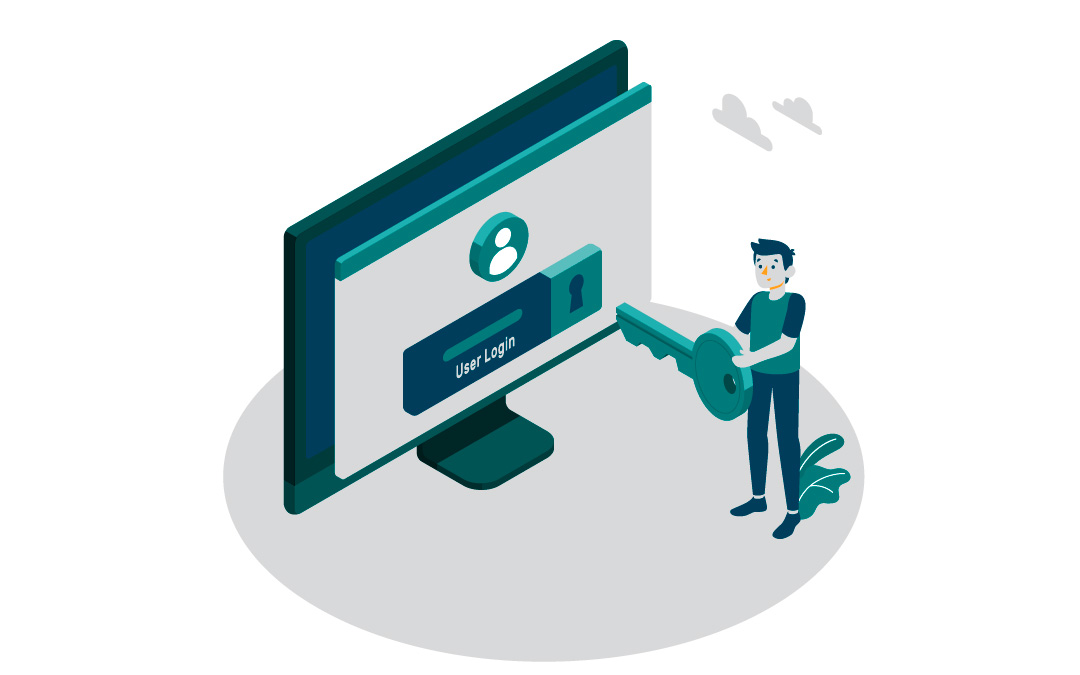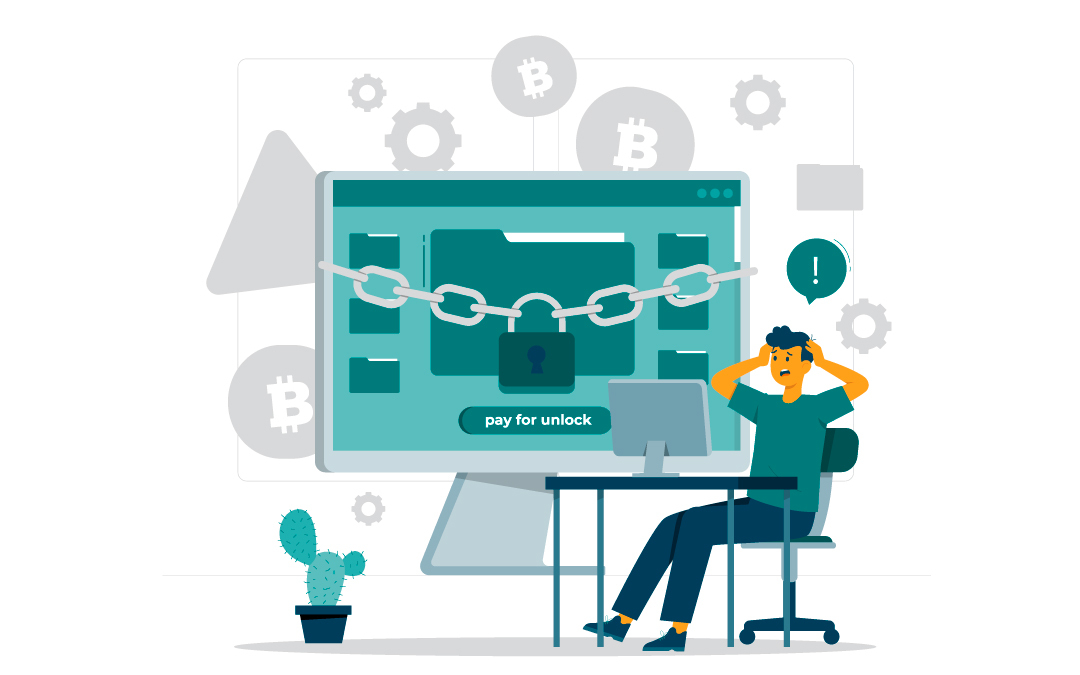If you’re trying to stop unauthorized access to your video content, Digital Rights Management (DRM) video encryption platforms are your best defense. These platforms lock your videos behind a digital vault and ensure that only the right people can watch. This level of protection helps you maintain control over your content, meet copyright regulations, and avoid the financial gut-punch of piracy.
But choosing the right platform isn’t just about top-tier security. It’s also about scalability, ease of use, and how seamlessly it works across devices. Let’s break down the essentials and explore some of the top solutions.
Understanding DRM Video Encryption Platforms
Digital Rights Management (DRM) is a way to control how digital content is accessed and shared. Using encryption, licensing systems, and user restrictions, DRM keeps unauthorized viewers from piggybacking off your hard work.
If you’ve ever streamed a movie, read an e-book, or listened to a song on a subscription service, you’ve seen DRM in action. It’s what stops someone from copying content and distributing it without permission.
Think of DRM platforms as digital bouncers for your content. They decide who gets in and who gets kicked to the curb. For Over-The-Top (OTT) platforms, DRM stops illegal downloads and unauthorized streams, ensuring only your paying viewers get access.
These platforms use a combination of encryption, dynamic watermarking, and access controls to keep your videos safe while making sure the viewing experience stays smooth.
How DRM Video Encryption Works
Here’s how it goes: DRM encrypts your video files and turns them into unreadable data until they’re unlocked by a decryption key. Authorized viewers receive these keys when they press play.
The video player requests the decryption key from a license server before the video can start. Some DRM platforms add geographic restrictions to block viewers based on location. This ensures your content only reaches the right markets.

Key Features of Effective DRM Video Encryption Platforms
A good DRM platform actively protects your content from every angle. Here are the key features to look out for:
1. Robust Encryption Techniques
Encryption is the backbone of any DRM system. AES 256-bit encryption is the industry standard, which scrambles your video data so it’s impossible to read without the key.
Some DRM platforms go beyond this with disk-level and file-level encryption as a strategy to prevent users from downloading video files. A solid DRM solution works across all devices—smartphones, laptops, smart TVs—without disrupting the user experience.
2. Access Control Mechanisms
Access control is where DRM shines. It authenticates viewers and grants them access based on roles, permissions, and login credentials.
For example, you can set limits on how many devices a single account can use or require more stringent logins for premium content. These mechanisms help you keep unauthorized users out while keeping your loyal viewers happy.
3. Dynamic Watermarking
Dynamic watermarking embeds unique, user-specific information—like an account ID—into each video stream. If someone shares the content illegally, the watermark makes it easy to trace the leak back to its source.
Unlike static watermarks that are easy to spot (and sometimes crop out), dynamic watermarks can move around and change visibility, making them much harder for pirates to erase.
Leading DRM Video Encryption Platforms
Not all DRM platforms are created equal. Here’s a look at some of the top contenders in the industry.
Widevine DRM by Google
Widevine DRM offers three levels of security:
– L1: Maximum security with hardware-based decryption for HD and 4K content.
– L2: Mid-level security for most HD streams.
– L3: Basic software-based security that caps playback at 480p (SD).
Because it’s baked into major streaming platforms, Widevine is a favorite for content distributors with global reach.
FairPlay DRM by Apple
FairPlay DRM is Apple’s answer to secure video streaming. Integrated into the Apple ecosystem, it uses hardware encryption to secure videos across iOS and macOS devices. If your audience leans heavily toward Apple users, FairPlay ensures a seamless, secure viewing experience.
PlayReady DRM by Microsoft
PlayReady DRM supports an impressive range of devices—from smart TVs and game consoles to mobile phones and PCs. It’s built to handle HD and 4K streaming and even supports offline playback, making it ideal for downloadable content.
With its wide compatibility, PlayReady is a go-to choice for large-scale content libraries.
Multi-DRM Solutions for Comprehensive Content Protection
A multi-DRM solution combines multiple DRM technologies into one system, giving you the best of all worlds. Instead of juggling several platforms, you can use one service that manages licensing and security across every device and format.

Advantages of Multi-DRM Solutions
– Enhanced Compatibility: Ensures seamless playback on all devices.
– Simplified Management: Reduces the need for separate implementations.
– Operational Efficiency: Streamlines security processes, saving time and resources.
Popular Multi-DRM Providers
– Intertrust ExpressPlay: Supports Widevine, PlayReady, and FairPlay in a single package.
– Verimatrix Multi-DRM: Cloud-based and built for live and on-demand content.
– Axinom DRM: Known for robust live-streaming support and secure handling of major DRM protocols.
Implementing DRM Video Encryption Across Platforms
Implementing DRM requires aligning licensing, storage infrastructure, and encryption workflows to ensure a smooth and secure experience for both you and your viewers. Every step, from configuring servers to distributing keys, plays a role in keeping your video content protected.
DRM Integration with Video Players
Your DRM platform must integrate seamlessly with video players to ensure secure playback without disrupting the user experience. Popular players like JW Player and Bitmovin support multiple DRM technologies. However, some customization may be needed to adapt playback controls, player settings, and APIs.
To get the best performance, consider whether your chosen player supports adaptive bitrate streaming, multiple device types, and offline viewing features. Proper integration also ensures that the player requests decryption keys efficiently and keeps the stream stable even in areas with fluctuating internet speeds.
DRM for Live Streaming
Live streaming demands real-time encryption, which means your DRM platform needs to handle fast-paced, low-latency content delivery. A dependable DRM solution not only encrypts and packages streams in real time but also adapts to user activity to prevent delays and buffering issues.
Continuous monitoring during live events adds another layer of protection, allowing you to identify unusual spikes in user activity that could indicate unauthorized access. If a live sports stream or webinar draws in high volumes, your DRM platform should offer auto-scaling to handle the influx without compromising security.
You can also set up geo-blocking and session-specific watermarks during live events to make streams harder to duplicate or share illegally.
The Role of DRM in Protecting Intellectual Property
DRM is your armor against content theft. By encrypting your videos and controlling access, DRM ensures that your work stays in your hands and reaches only authorized users.
Dynamic watermarking strengthens your DRM protection by embedding user-specific identifiers directly into the video stream. These marks can be subtle and invisible during playback but remain detectable even after recording or editing. When someone tries to leak your content, the watermark traces the content back to its source.
For example, streaming platforms often use dynamic watermarks for pre-release content such as movie screenings or private showings to influencers and critics. This discourages leaks and maintains your brand’s reputation.
Beyond stopping piracy, dynamic watermarking signals to your audience that you’re serious about protecting both your content and their viewing experience.

Legal Implications of DRM Protection
DRM platforms also serve as a legal safeguard. Implementing DRM shows that you took proactive measures to prevent unauthorized use, which can strengthen your position in case of copyright disputes. By demonstrating responsible content management, you can reduce potential liability and avoid costly legal battles.
Dynamic watermarking takes your legal defense up a notch. These embedded identifiers provide indisputable proof of who accessed and potentially leaked content. In a legal context, this can be the smoking gun that identifies and holds perpetrators accountable.
For example, entertainment studios often use dynamic watermarking when sharing unreleased trailers or early screenings with partners and reviewers. If a leak occurs, they can track it directly to the individual who shared it without authorization.
Additionally, having robust DRM measures in place may help you build stronger contracts and licensing agreements with distributors and partners, as it signals that your content security is top-tier. This can open up more opportunities for collaborations while reinforcing your professional reputation.
Choosing the Right DRM Video Encryption Platform
Choosing the right DRM solution requires evaluating your content protection goals and audience needs. Some factors to consider include:
– Scalability: Can it grow with your audience?
– Cost-effectiveness: Does the price match the value?
– Compatibility: Does it support all the devices your viewers use?
– Customer Support: Will you get help when you need it?
Take time to read reviews and compare performance metrics. Look for platforms that release regular updates and offer reliable customer support.
Protect Your Content and Ensure Fair Access
DRM video encryption platforms are essential for protecting your content and ensuring fair access. Solutions like Widevine, FairPlay, and PlayReady provide top-tier encryption, access control, and watermarking. Multi-DRM frameworks simplify the process and let you protect your content across all devices.
By considering scalability, compatibility, and support, you can find the DRM platform that fits your needs. A strong DRM strategy keeps your content safe, protects your intellectual property, and builds trust with your audience.

FAQs
What is DRM, and why is it important for video content?
DRM safeguards copyrighted materials by preventing unauthorized distribution and ensuring only authorized users can view the content.
How does DRM video encryption work?
DRM encrypts video files and uses licensing systems to control access. Authorized users receive decryption keys to unlock the content.
What are some key features of effective DRM platforms?
Key features include encryption, access control, and dynamic watermarking.
What are the advantages of multi-DRM solutions?
Multi-DRM solutions enhance compatibility, simplify DRM management, and improve content security.
How do I choose the right DRM platform?
Consider factors such as scalability, cost-effectiveness, compatibility, and customer support.
Spotlightr Video Hosting For Your Course
Discover why Spotlightr is the #1 choice for course creators and e-learning professionals.
Register for a free 2 week trial, no credit card required.

